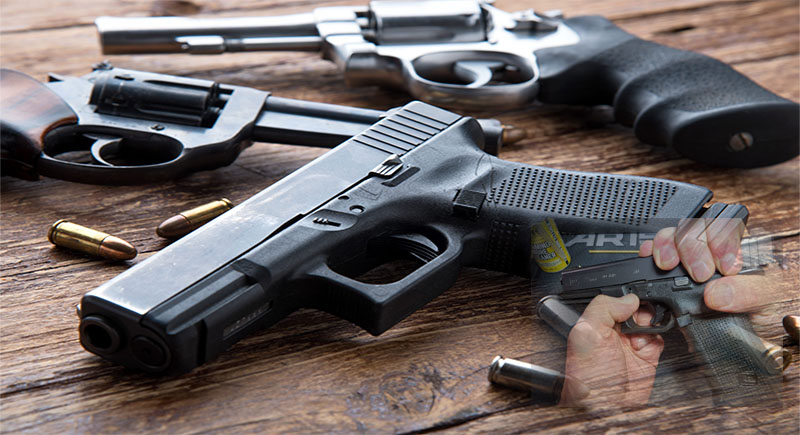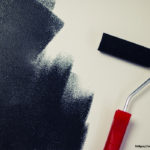While Glock pistols are reliable, they must be cleaned and lubricated regularly. Following your owner’s manual steps, disassemble your Glock into its four main components: the slide, barrel, guide rod/recoil spring assembly, and frame/receiver.
Before you start, make sure your Glock is unloaded. Point it in a safe direction and depress the trigger to check that the firing pin is moving backward.
Inspect the Barrel
Glocks for sale are built tough and designed to be used heavily, but like any firearm, they must be cared for to preserve their condition and function. Essential maintenance tips can keep your Glock shooting smoothly for years and thousands of rounds. The barrel is where the vast majority of carbon and grime will hide, so start by field stripping your gun and cleaning it thoroughly with a brush and solvent. Once you’ve cleaned it, swab the bore five to six times with wet patches. Using the brush end of your nylon cleaning toothbrush, clean off any carbon deposits on the contact points of the slide rails and cuts and the locking block on the receiver. After cleaning, lightly lubricate the lock, mating surfaces, and the end of the slide where the barrel protrudes.
Clean and Lubricate
Glocks are known for their reliability and durability, but even the most reliable gun needs to be cleaned and lubricated. It’s essential after each use of your pistol. Residual gunpowder and bullet residue left behind in your barrel, and other components can cause damage and affect your firearms functionality. To clean your Glock, start by field stripping it and cleaning the significant parts of the firearm: barrel, frame, slide, recoil spring, and guide rod. Glocks are easy to strip and clean, making this process a breeze.
Next, use the wide end of a nylon cleaning toothbrush to brush off carbon deposits on the metal contact points and locking block on the receiver. Finish by rubbing down and inspecting the main parts of your Glock and then lubricating it. It only takes a few drops of oil to lubricate your Glock properly. It’s also a good idea to conduct a function check after lubricating.
Keep It Clean
Your gun will need to be cleaned and lubricated regularly. Your cleaning schedule will vary depending on your level of use and your environment. If you shoot often, it is a good idea to clean after every shooting session and perform deep cleanings at least once a month.
To begin the cleaning process, point your Glock away from you and remove any ammunition from the chamber. It is to ensure your safety. You will need a cleaning rod suited to your pistol, a screw-on brass bore brush of the appropriate caliber, a two-ended, nylon gun cleaning toothbrush, a lint-free cleaning rag, and a lubricant/gun cleaner. Begin by soaking the cleaning rod and brush with cleaner. Next, brush the barrel bore with the toothbrush, scrubbing along the breech face and feed ramp to remove carbon deposits. Dry the bore with a rag and apply lubricant to your cleaning patch. Run the patch through your gun’s bore at the breech, reapplying lubricant.
Inspect and Inspect Again
After lubricating a Glock, conducting a function check is a good idea. Less is more when it comes to lubrication – some people tend to lubricate their guns, which can hinder reliability as excess lubricant holds onto dirt and gunpowder residue. A light coating of lubricant is all that is needed. The lubrication points on a Glock are:
- The slide rails and frame rails.
- The barrel lug (in the slide).
- The connector is on the right rear of the frame/receiver.
Only about six drops of lubricant are required for all of these.
It is also a good idea to inspect and clean your magazines. Magazines can hold dirt and grit that can cause feeding problems. Also, the followers can become worn and require replacement. A simple cleaning with solvent and a brush can often fix this problem. Also, look for the ejector claw to ensure it is intact and not broken.












